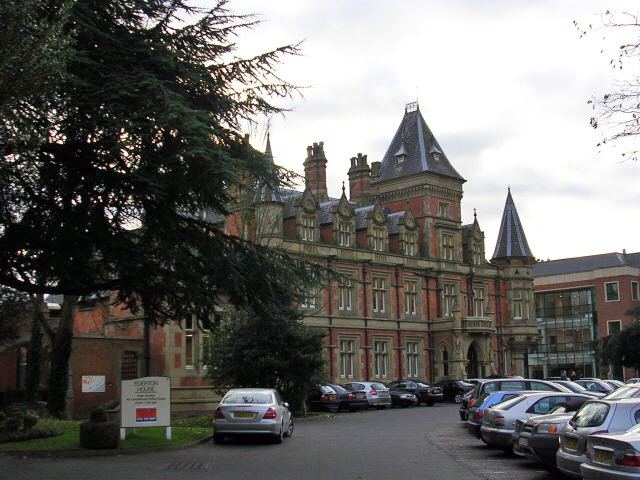Founded 1918 | ||
 | ||
The Shirley Institute was established in 1920 as the British Cotton Industry Research Association at The Towers in Didsbury, Manchester as a research centre dedicated to cotton production technologies. It was at the Institute that Ventile was invented.
It was funded by the Cotton Board through a statutory levy.
The BCRA merged with the British Rayon Research Association to form the Cotton, Silk, and Man-Made Fibres Research Association in 1961.
Dr Douglas Hill was Director of Research of the BCRA before the merger and led the new organisation. The Director of the BRRA, Leonard Albert Wiseman became Deputy Director. Len Wiseman became Director on Dr Hill's retirement in 1969 and held the post until 1980.
The Shirley Institute developed the tog as an easy-to-follow measure of the thermal resistance of textiles as an alternative to the SI unit of m2K/W.
In 1987–1990 it merged with the Wira Technology Group to form the British Textile Technology Group (BTTG).
Origin of "Shirley"
A significant contribution to the purchase price of the The Towers was made by William Greenwood, the MP for Stockport, who asked that the building be named after his daughter, Shirley.
